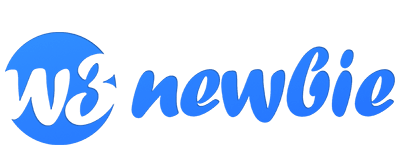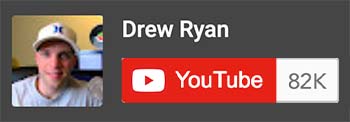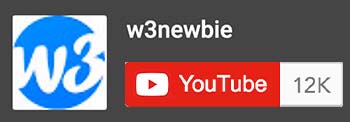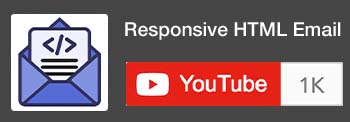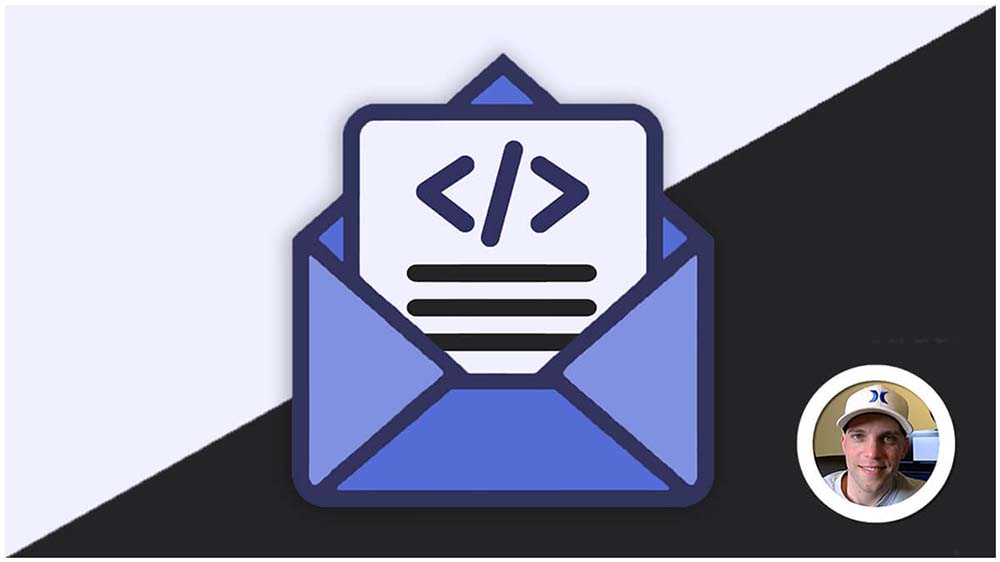HTML Block Elements
HTML block elements (block-level elements) are HTML elements that start on a new line, take up the full width available to them (stretching across the entire container), and have a line break before and after them. This behavior creates a clear visual separation between different blocks of content, enhancing readability and structure.
Key characteristics of block elements:
- New lines: They start on a new line by default.
- Full width: They occupy the full width of their parent container.
- Vertical stacking: They stack vertically on top of each other.
- Can contain other elements: They can enclose other block elements or inline elements within them.
Common examples of block elements:
- Headings (
<h1>to<h6>) - Paragraphs (
<p>) - Lists (
<ul>,<ol>) - Divisions (
<div>) - Blockquotes (
<blockquote>) - Tables (
<table>) - Forms (
<form>) - Preformatted text (
<pre>)
Contrast with inline elements:
- Inline elements, like
<span>,<strong>,<em>, and<img>, flow within the content without creating new lines or taking up the full width. They are typically used to format text or embed small content within a block but don’t create new blocks themselves.
Importance of block elements:
- Structure: They establish the overall layout and organization of a web page by defining its major content blocks.
- Readability: They visually separate different sections of text and content, making the page easier to scan and understand.
- Styling: They can be easily styled with CSS to control their width, height, margins, padding, and other visual properties.
- Accessibility: Screen readers can navigate and announce block elements effectively, providing a logical structure for users with visual impairments.
Other Common Block Elements:
<hr>: A horizontal rule, creating a visual separator.<header>: Defines a header section of a document.<nav>: Defines a navigation section of a document.<main>: The main content of a document or page.<footer>: Defines a footer section of a document.<article>: Represents a self-contained article or piece of content.<aside>: Represents content that is tangentially related to the main content.
Understanding block elements is crucial for building well-structured, readable, and accessible web pages. They form the foundation of content organization and visual presentation in HTML.
